Optimal Timing for Bathtub Installations
Bathtub installations are typically scheduled based on seasonal demand, project complexity, and customer preferences. Understanding the optimal timing can ensure smoother completion and better results.
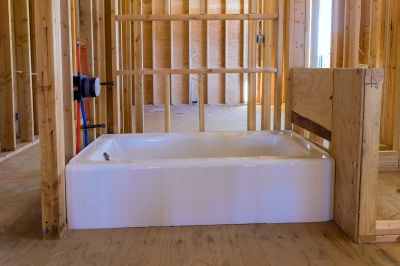
Planning installations during early spring or late fall can avoid peak seasonal busy periods.
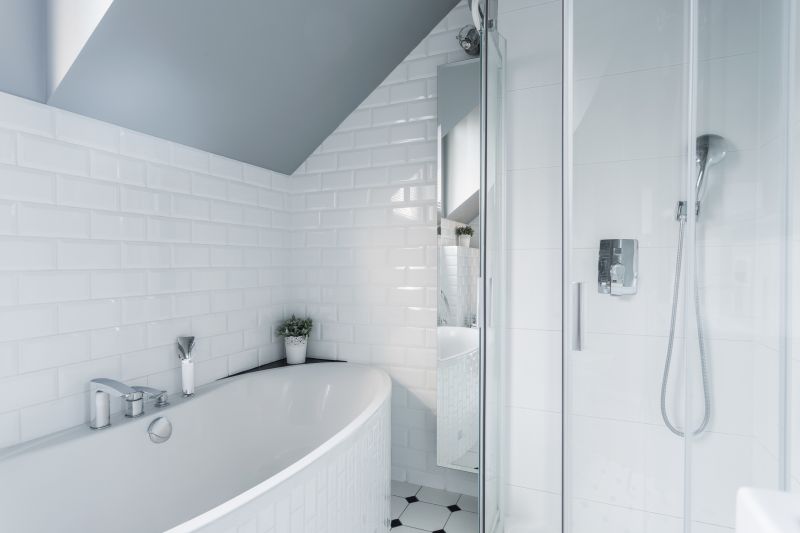
Summer months often see increased scheduling flexibility for bathroom upgrades.
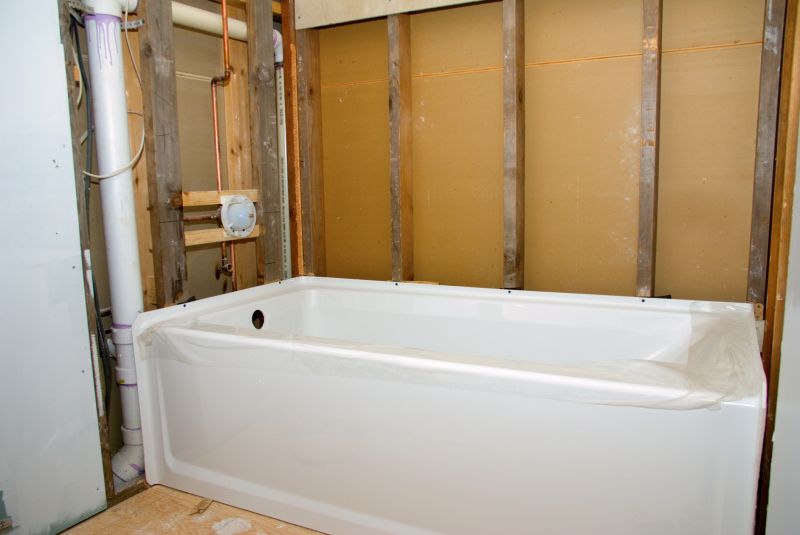
Scheduling in winter or late winter may offer cost savings and quicker project timelines.

Ways to make Bathtub Installations work in tight or awkward layouts.
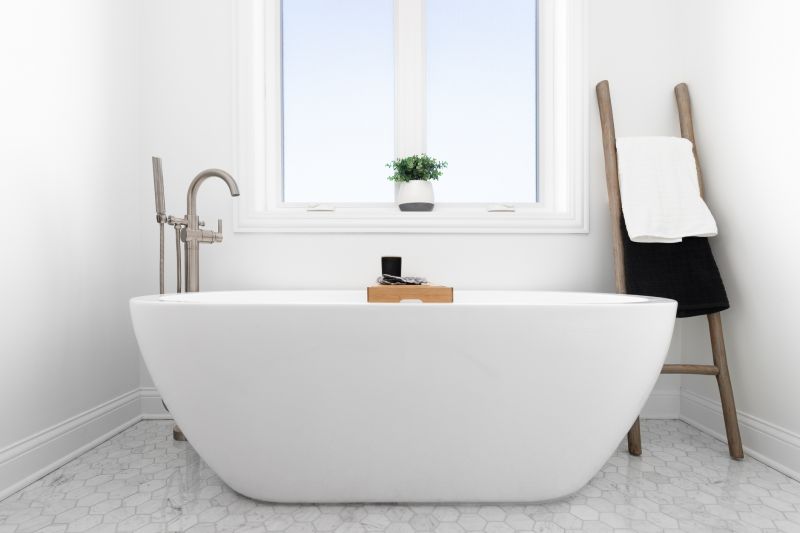
Popular materials for Bathtub Installations and why they hold up over time.
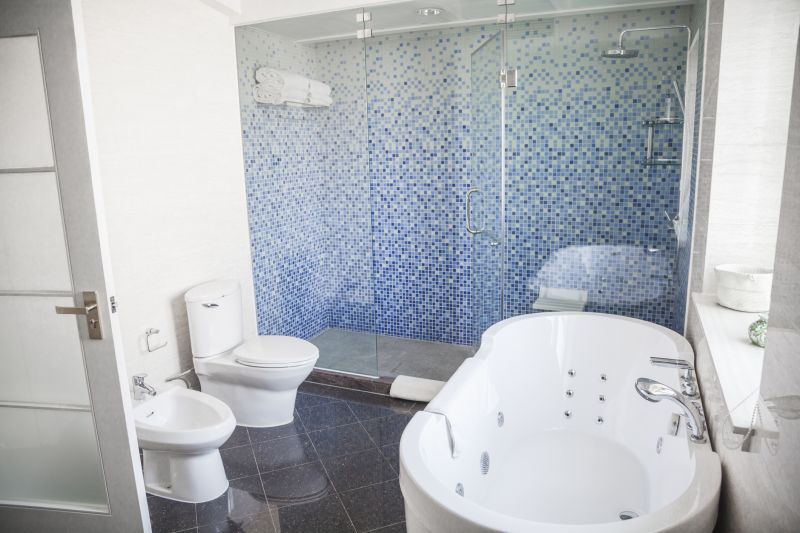
Simple add-ons that improve Bathtub Installations without blowing the budget.
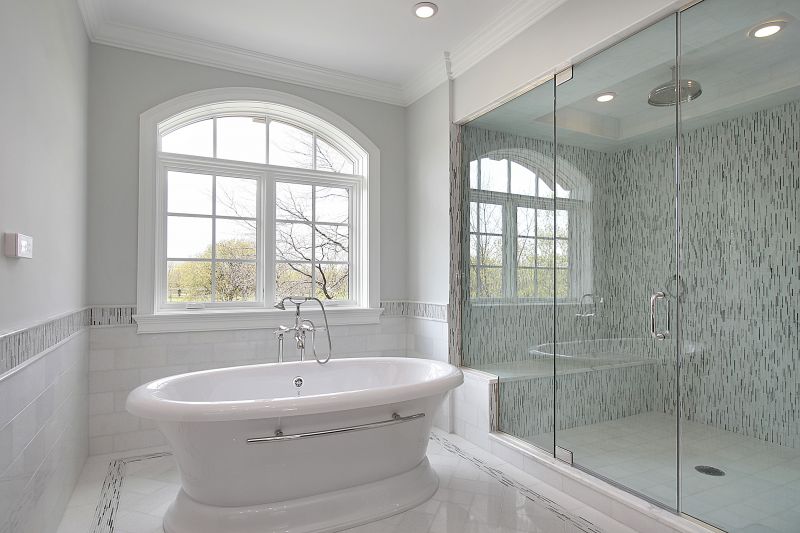
High-end options that actually feel worth it for Bathtub Installations.

Finishes and colors that play nicely with Bathtub Installations.
Weather conditions influence installation schedules, especially in regions with heavy rainfall or snow.
Most bathtub installations take 1-3 days, with timing affected by material availability and contractor schedules.
Ordering materials early ensures availability and reduces delays, influencing the best installation time.
Flexibility in scheduling can lead to better planning and potentially lower costs.
| Season | Advantages |
|---|---|
| Spring | Ideal for planning and avoiding peak season congestion. |
| Summer | Flexible scheduling and quicker project completion. |
| Fall | Good time for pre-winter installations with less weather disruption. |
| Winter | Potential cost savings and less competition for contractors. |
Bathtub installations are a significant aspect of bathroom upgrades, impacting both functionality and aesthetics. Proper timing ensures that the project proceeds smoothly, minimizes delays, and aligns with customer needs. Factors such as weather, material availability, and contractor schedules are critical considerations for determining the optimal time for installation.
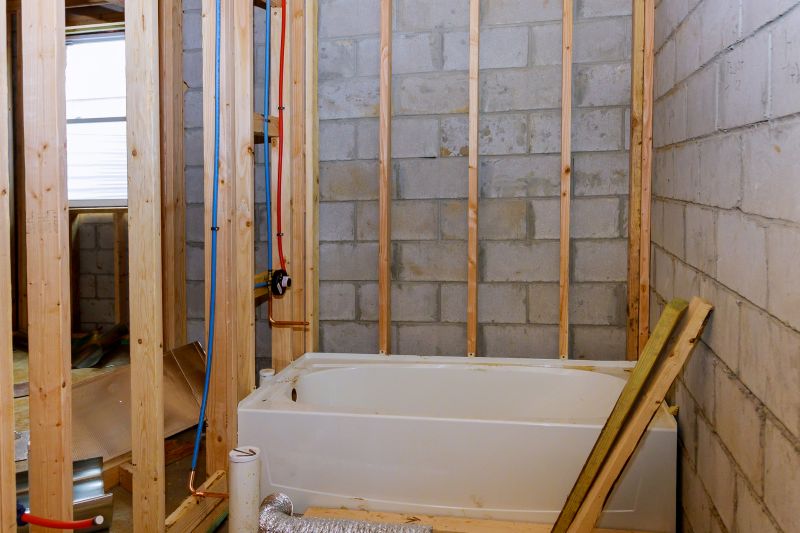
Includes removal of old fixtures, preparation of the space, and precise fitting of the new bathtub.
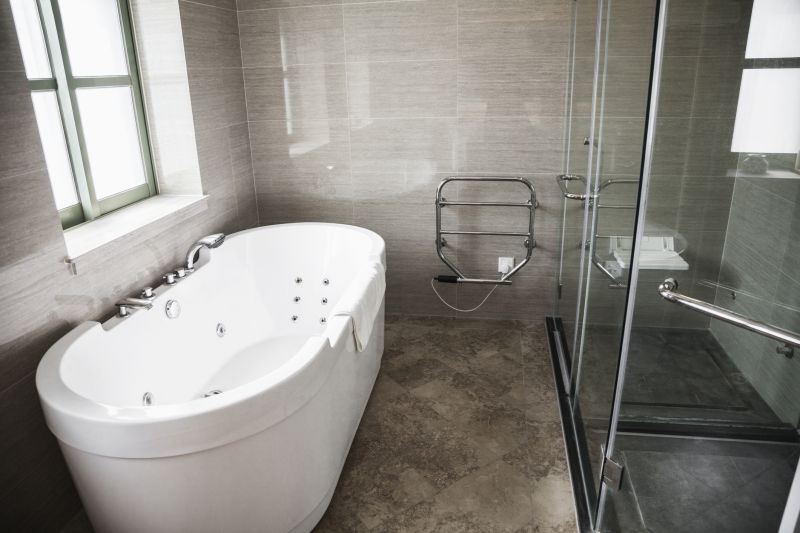
Available in various styles to suit different bathroom aesthetics.
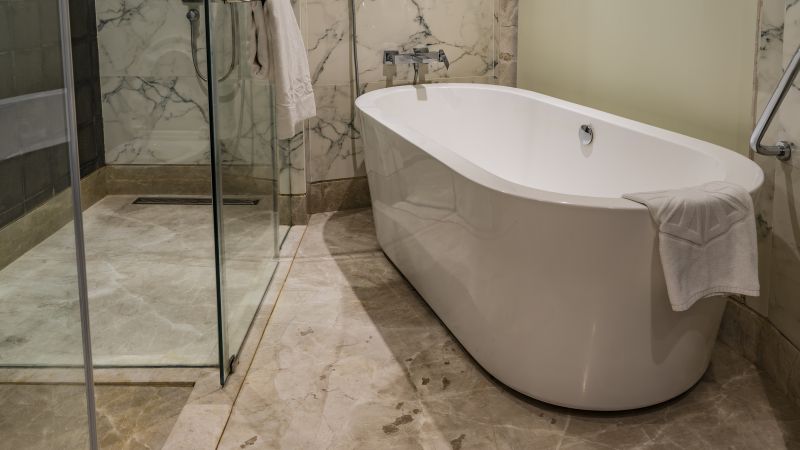
Fiberglass, acrylic, and cast iron are common materials for bathtubs.

Ensures proper sealing, plumbing, and safety standards are met.
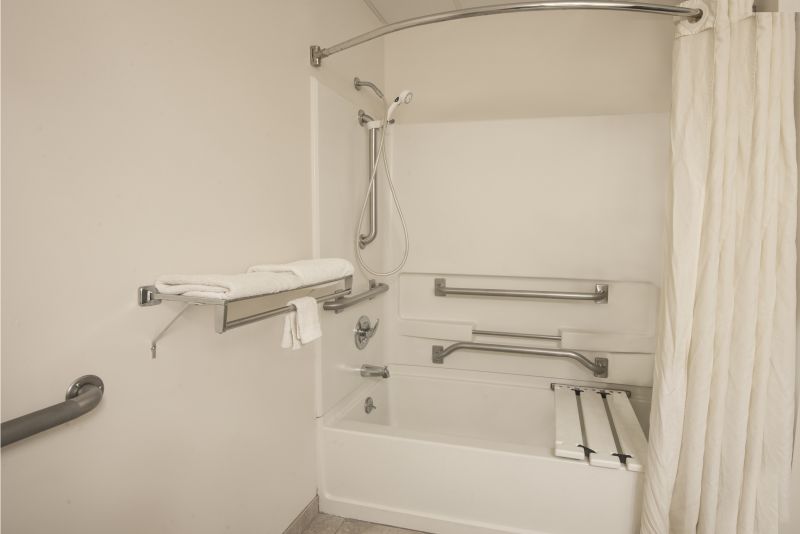
Little measurements that prevent headaches on Bathtub Installations day.

A 60-second routine that keeps Bathtub Installations looking new.

A frequent mistake in Bathtub Installations and how to dodge it.

Small tweaks to make Bathtub Installations safer and easier to use.
Early planning can help coordinate with contractors and material suppliers.
Severe weather can delay outdoor work or transportation of materials.
Off-peak seasons may offer discounts or lower labor rates.
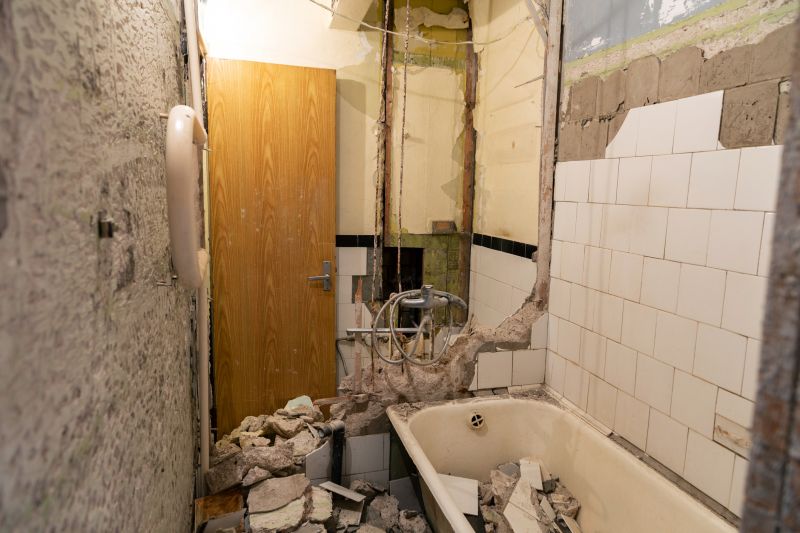
Includes demolition, plumbing, and finishing touches.
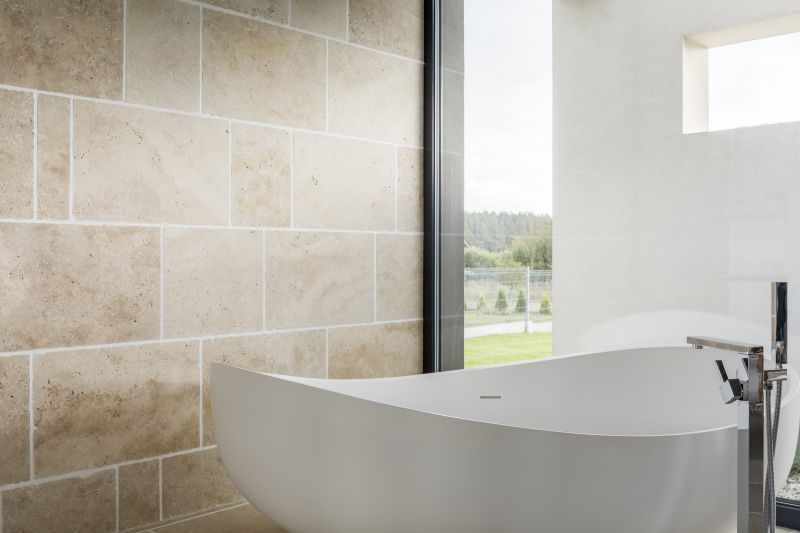
Aligning installation with personal schedules and weather conditions.
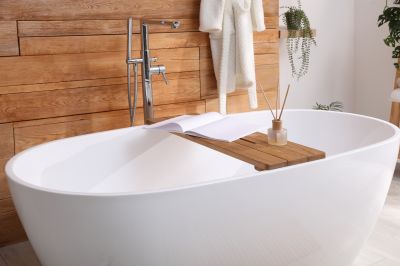
Scheduling deliveries during off-peak times reduces delays.
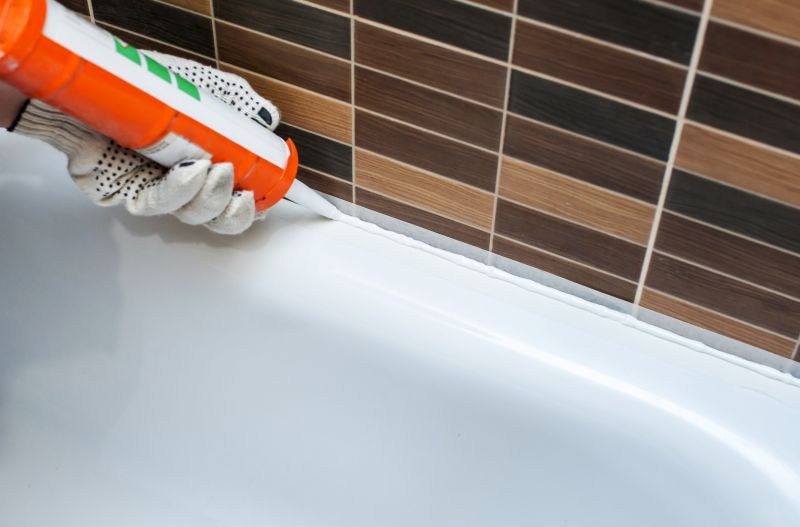
Ensures quality and safety before completing the project.
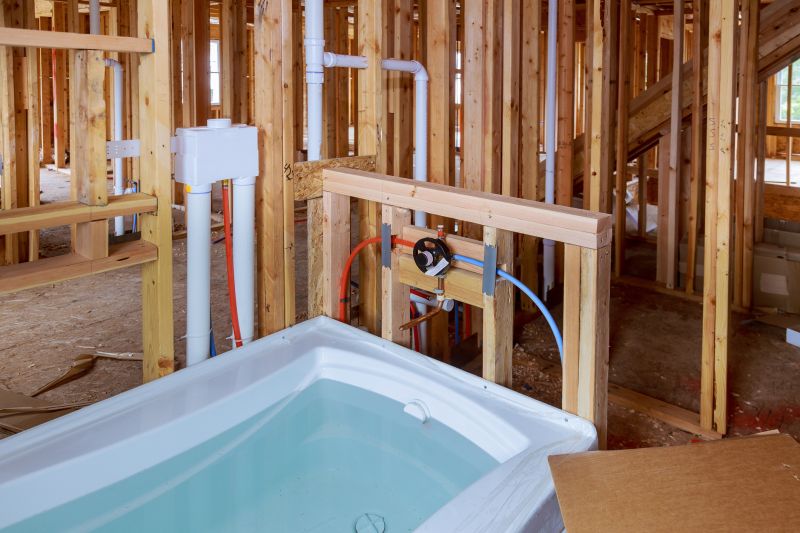
Lower-waste or water-saving choices for Bathtub Installations.
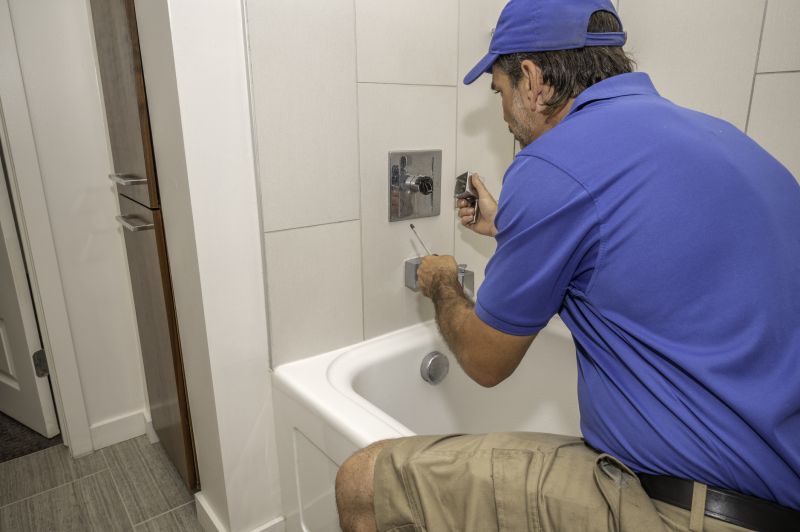
The short, realistic tool list for quality Bathtub Installations.
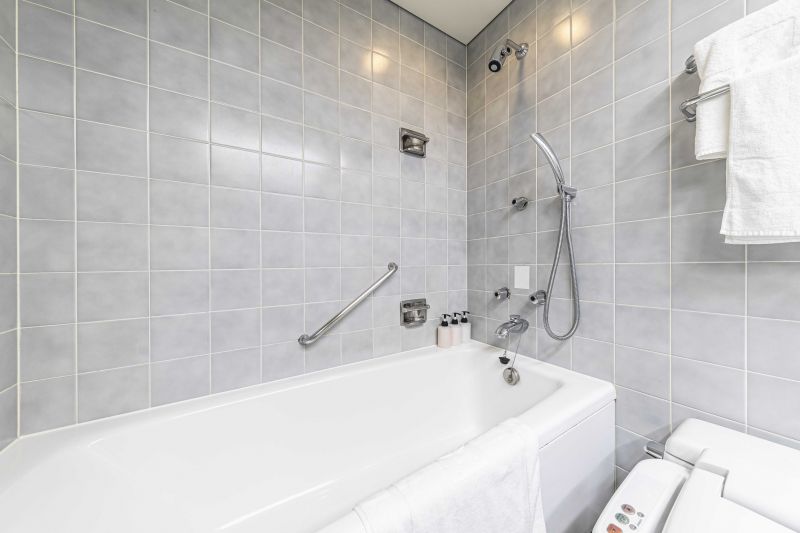
Rough timing from prep to clean-up for Bathtub Installations.

Quick checks and paperwork to keep after Bathtub Installations.
Individuals considering a bathtub installation should evaluate seasonal factors, project scope, and personal schedules. Properly timed installations can lead to efficient completion and satisfaction with the finished bathroom. Contact a professional to discuss timing options and ensure a seamless upgrade process.




